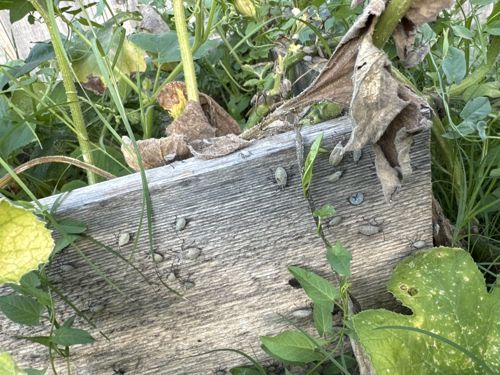Woodlice, Sowbugs, or Pillbugs
Scientific Name: Various genera and species within the suborder Oniscidea (e.g., Porcellionides pruinosus appears to be a good match for the image)
Order & Family: Order Isopoda, Suborder Oniscidea
Size: Typically 0.5 to 1.5 cm (0.2 to 0.6 inches) in length, though some species can be larger.

Natural Habitat
Damp, dark places under logs, stones, leaf litter, decaying wood, compost piles, and other sheltered locations. They thrive in environments with high humidity.
Diet & Feeding
Primarily detritivores, feeding on decaying organic matter such as dead leaves, rotting wood, and fungi. They can also feed on young plants, fruits, and vegetables if other food sources are scarce or in very high populations.
Behavior Patterns
Nocturnal, active at night. They prefer dark, moist environments to prevent desiccation. They are often found congregated in groups. Some species (pillbugs) can roll into a spherical shape when disturbed, which is a defense mechanism. They are crustaceans, not insects, and breathe through gills, hence their need for moisture. They undergo molting as they grow.
Risks & Benefits
Generally beneficial in gardens as they help decompose organic matter and recycle nutrients back into the soil. However, in large numbers, they can become a minor pest, feeding on tender seedlings, young plants, or soft fruits, especially in damp conditions. They do not pose health risks to humans, do not bite, and are not venomous.
Identified on: 9/15/2025